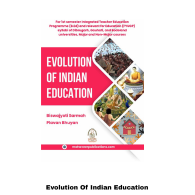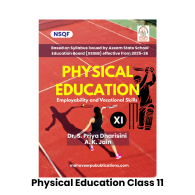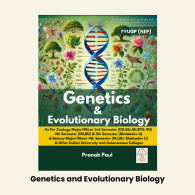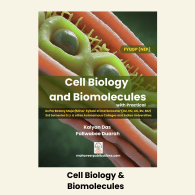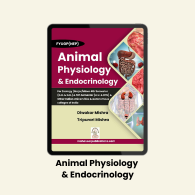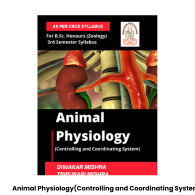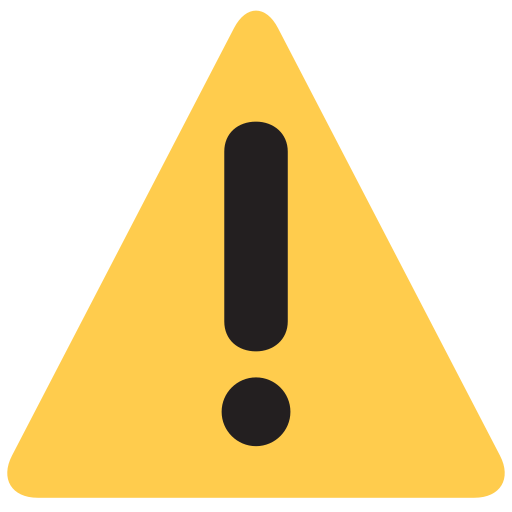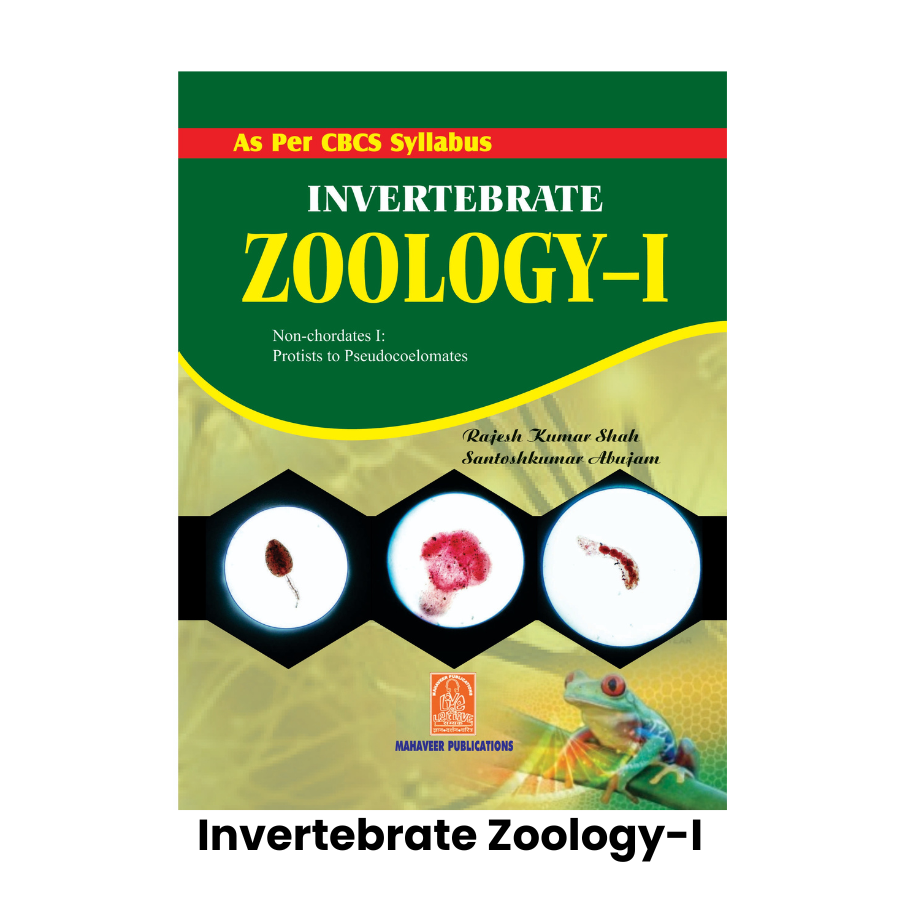

Invertebrate Zoology-I
Inhouse product
-
Rs212.50
Rs250.00 -
Rs254.15
Rs299.00 -
Rs288.00
Rs300.00 -
Rs276.25
Rs325.00 -
Rs175.50
Rs195.00 -
Rs238.00
Rs280.00
Reviews & Ratings
Invertebrate Zoology–I: Non-Chordates I – Protists to Pseudocoelomates is a comprehensive and syllabus-oriented textbook tailored for B.Sc. Zoology students, as per the Choice Based Credit System (CBCS) curriculum followed by Indian universities. Authored by experienced educators Rajesh Kumar Shah and Santosh Kumar Abujam, this book covers the evolutionary, anatomical, and physiological features of lower invertebrates—from unicellular Protists to pseudocoelomate animals like Nematodes.
The book provides a systematic and classification-based approach to studying non-chordate invertebrates, with emphasis on functional morphology, adaptive strategies, and ecological roles. Each phylum is discussed with characteristic features, classification up to classes, representative types, and their biology. Diagrams, flowcharts, and tables have been provided to enhance learning and clarity.
Designed to meet both academic and examination requirements, the book also includes practical components and review questions to reinforce understanding.
CONTENTS
CBCS Syllabus CORE COURSE I
UNIT 1: PROTISTA, PARAZOA AND METAZOA (Pages 1-51)
1.1 General characteristics & classification up to classes
- 1.1.1 Protista
- 1.1.2 Parazoa
- 1.1.3 Metazoa
1.2 Study of Euglena
- 1.2.1 Definition and Basic Characteristics
- 1.2.2 Reproduction and Life Cycle
- 1.2.3 Recent phylogeny and classification
1.3 Study of Amoeba
- 1.3.1 Definition and Identification
- 1.3.2 Size and shape variations
- 1.3.3 Movement and locomotion
- 1.3.4 Classification & disease associations
- 1.3.5 Reproduction mechanisms
1.4 Study of Paramecium
- 1.4.1 Definition and morphology
- 1.4.2 Classification and taxonomy
- 1.4.3 Structure and function
- 1.4.4 Characteristics and behavior
1.5 Life cycle and pathogenecity of Plasmodium vivax
- Malaria parasite biology
- Vector-host relationships
- Disease manifestation and treatment
1.6 Life cycle and pathogenecity of Entamoeba histolytica
- Amoebic dysentery causative agent
- Infection mechanisms
- Clinical significance
1.7 Locomotion and reproduction in Protista
- Comparative locomotory mechanisms
- Reproductive strategies
- Evolutionary significance
1.8 Evolution of symmetry and segmentation of Metazoa
- Body plan evolution
- Symmetry types and development
- Segmentation patterns
UNIT 2: PORIFERA (Pages 52-71)
2.1 General characteristics and classification up to classes
- Sponge biology and morphology
- Taxonomic classification
- Ecological significance
2.2 Canal system
- 2.2.1 Significance of canal system
- 2.2.2 Functions of the canal system
- Water flow patterns
- Feeding mechanisms
2.3 Spicules in sponges
- 2.3.1 Classification of spicules
- 2.3.2 Development of spicules
- Structural significance
- Taxonomic importance
UNIT 3: CNIDARIA (Pages 72-108)
3.1 General characteristics & classification up to classes
- Cnidarian body plans
- Taxonomic diversity
- Ecological roles
3.2 Metagenesis in Obelia
- Alternation of generations
- Polyp and medusa stages
- Life cycle complexity
3.3 Polymorphism in Cnidaria
- 3.3.1 Origin of polymorphism
- 3.3.2 Patterns of polymorphism
- 3.3.3 Significance of polymorphism
- 3.3.4 Structure of cnidoblast
- 3.3.5 Mechanism of defense
- 3.3.6 Types of nematocysts
3.4 Coral and coral reefs
- 3.4.1 Definition & types of coral
- 3.4.2 Reproduction mechanisms
- 3.4.3 Coral growth patterns
- 3.4.4 Natural and human values
- 3.4.5 Main threats to coral reefs
UNIT 4: CTENOPHORA (Pages 109-115)
4.1 General Characteristics of Ctenophora
- Comb jelly biology
- Unique features
- Marine adaptations
4.2 Classification of Ctenophora
- Taxonomic groups
- Morphological variations
4.3 Evolutionary Significance of Ctenophora
- Phylogenetic position
- Evolutionary relationships
UNIT 5: PLATYHELMINTHES (Pages 116-146)
5.1 General Characteristics of Platyhelminthes
- Flatworm biology
- Body organization
- Organ systems
5.2 Classification of Platyhelminthes
- Major groups and classes
- Taxonomic relationships
5.3 Fasciola hepatica - The Sheep Liver Fluke
- 5.3.1 Systematic Position
- 5.3.2 External Morphology
- 5.3.3 General Account
- 5.3.4 Life Cycle
- 5.3.5 Parasitic adaptations of Fasciola hepatica
- 5.3.6 Pathogenicity of Fasciola hepatica
5.4 Taenia solium - The Pork Tapeworm
- 5.4.1 Systematic Position
- 5.4.2 External Morphology
- 5.4.3 General Account
- 5.4.4 Life Cycle
- 5.4.5 Parasitic adaptations of Taenia solium
- 5.4.6 Pathogenicity of Taenia solium
UNIT 6: NEMATHELMINTHES (Pages 147-165)
6.1 General Characteristics of Nemathelminthes
- Roundworm biology
- Body cavity development
- Organ system evolution
6.2 Classification of Nemathelminthes
- Major taxonomic groups
- Morphological diversity
6.3 Ascaris lumbricoides - The Common Roundworm
- 6.3.1 Systematic Position
- 6.3.2 External Morphology
- 6.3.3 General Account
- 6.3.4 Life Cycle
- 6.3.5 Parasitic adaptations of Ascaris lumbricoides
- 6.3.6 Pathogenicity of Ascaris lumbricoides
6.4 Wuchereria bancrofti - The Filarial Worm
- 6.4.1 Systematic Position
- 6.4.2 External Morphology
- 6.4.3 Life Cycle
- 6.4.4 Pathogenicity of Wuchereria bancrofti
6.5 Parasitic adaptations in Helminthes
- Comparative adaptations
- Evolutionary strategies
- Host-parasite relationships
Frequently Bought Products
Animal Physiology and Endocrinology as per FYUGP NEP
Animal Physiology Controlling And Coordinating System
Product Queries (0)
Login Or Registerto submit your questions to seller
Other Questions
No none asked to seller yet
-
Rs212.50
Rs250.00 -
Rs254.15
Rs299.00 -
Rs288.00
Rs300.00 -
Rs276.25
Rs325.00 -
Rs175.50
Rs195.00 -
Rs238.00
Rs280.00
